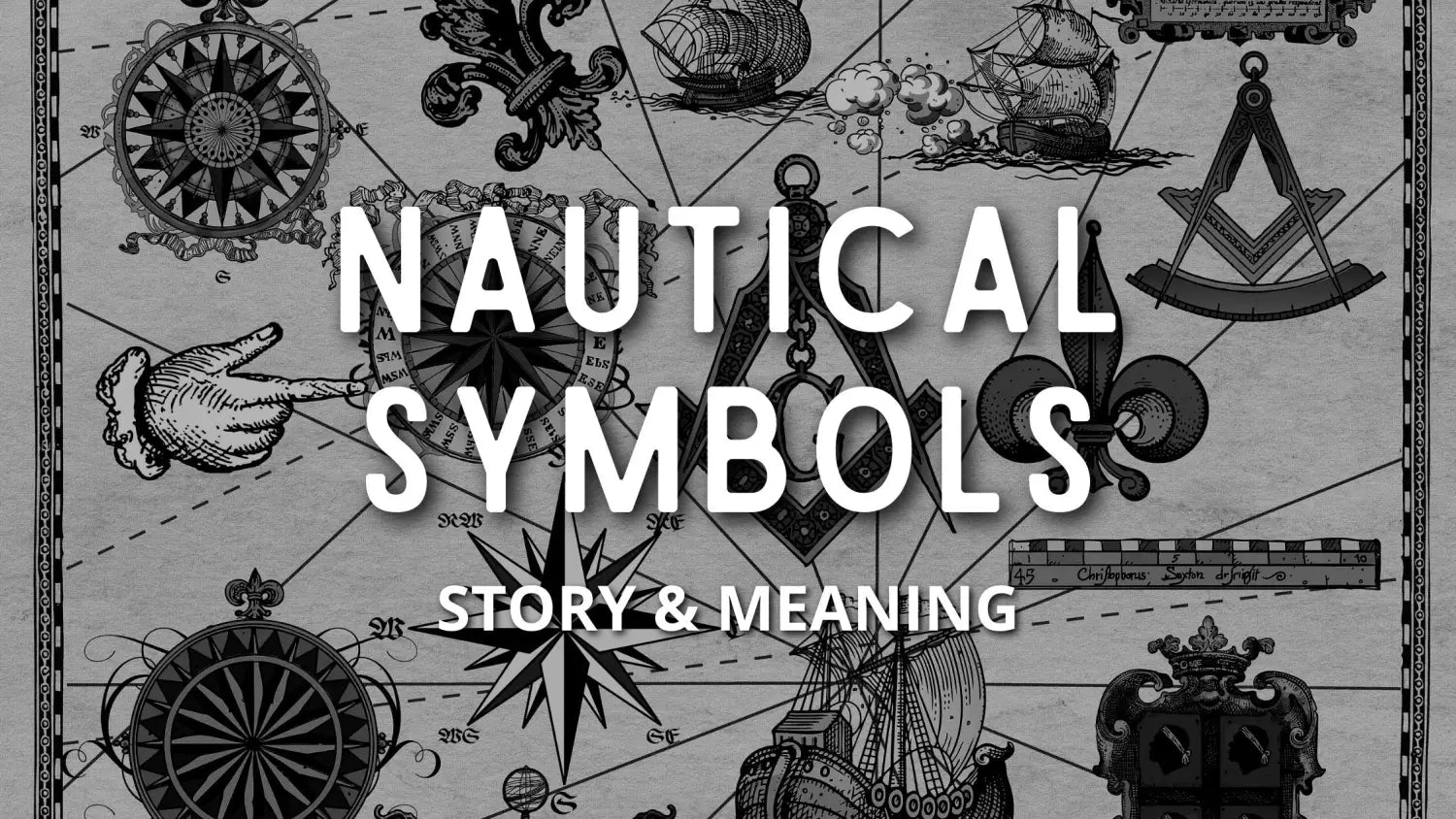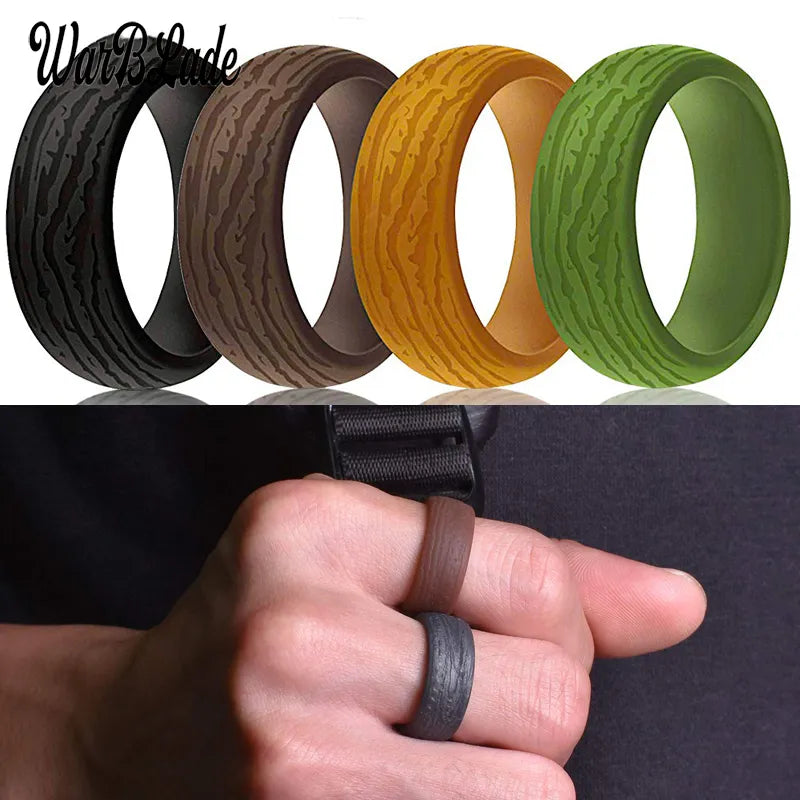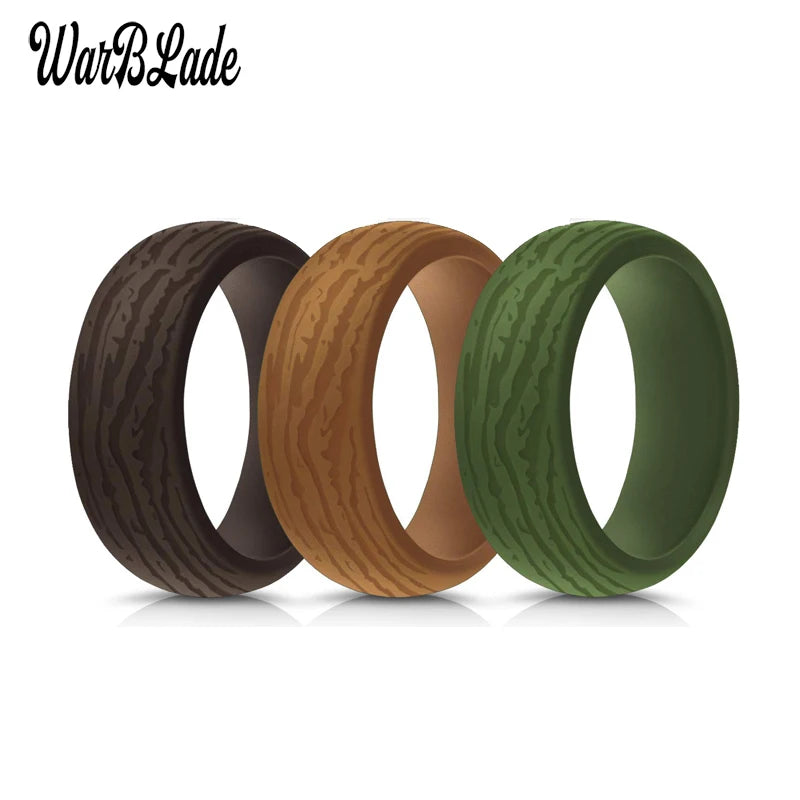The Fascinating History of Nautical Symbols and Their Meanings
Nautical symbols have been used for centuries to represent the sea and sailing. From anchors to ships wheels to lighthouses, these iconic emblems have a rich history and meaning. In this post, we'll delve into the history and significance of some of the most popular nautical symbols.
1. Anchors
Anchors are perhaps the most iconic of all nautical symbols. These heavy devices are used to hold ships in place and prevent them from drifting away. In the past, anchors were made of heavy materials like iron or stone and were incredibly difficult to hoist up and down. Today, anchors are typically made of lighter materials like steel, making them easier to use.
The anchor has long been a symbol of stability and security, and it has been used in various contexts throughout history. In ancient Rome, anchors were used as a symbol of hope and were often displayed in the homes of the wealthy. In Christian symbolism, the anchor represents faith and hope, and it is often used in conjunction with the cross.
2. Ships wheels
A ship's wheel is another classic nautical symbol. The wheel is used to steer the ship and change its direction. In the past, ship's wheels were much larger and more cumbersome than they are today, and they required a lot of strength to operate. Today's ship's wheels are much smaller and more ergonomic, making them easier to use.
The ship's wheel has become a symbol of navigation and direction, and it is often used as a decorative element in nautical-themed spaces. Whether you opt for a small decorative version or a larger, functional one, a ship's wheel is a great way to add some maritime flair to your home.
3. Lighthouses
Lighthouses are tall structures that are built along coasts and harbors to guide ships safely to shore. These structures have a long and fascinating history, dating back to ancient times when bonfires were used to guide ships. Today's lighthouses use a variety of technologies, including lights and foghorns, to help ships navigate safely through treacherous waters.
In addition to their practical uses, lighthouses have become symbols of hope and guidance. The light of a lighthouse can be seen for miles, and it serves as a beacon for ships in need of direction. Lighthouses are often used as decorative elements in nautical-themed spaces, and they make for charming decor items.
4. Compasses
A compass is a navigational instrument that is used to determine direction. Compasses have been used for centuries by sailors to help them navigate the seas and find their way back home. The compass is a simple yet essential tool that has saved countless lives at sea.
In nautical symbolism, the compass represents direction and guidance. It is often used in conjunction with other nautical symbols like anchors and ship's wheels to represent the sea and sailing.
5. Sea creatures
Sea creatures like dolphins, whales, and seagulls are often used as nautical symbols. These creatures have a strong connection to the sea and are often associated with the ocean.
In nautical symbolism, sea creatures can represent a variety of things. Dolphins are often seen as symbols of intelligence and playfulness, while whales are associated with strength and power. Seagulls, on the other hand, are symbols of freedom and the sea.
6. Nautical Flags
Nautical flags, also known as maritime flags or signal flags, are used to communicate with other ships at sea. These flags are used to convey messages and information, and each flag represents a specific letter or number.
In nautical symbolism, flags are often used to represent communication and cooperation. They are also used as decorative elements in nautical-themed spaces, adding a touch of maritime flair to any room.
7. Nautical stripes
Nautical stripes are another classic nautical symbol. These bold, vertical stripes are often associated with the sea and sailing, and they are a popular design element in nautical-themed spaces.
In nautical symbolism, stripes represent a sense of adventure and the sea. They are often used in conjunction with other nautical symbols like anchors and ship's wheels to create a cohesive, beachy look.
8. Pirate symbols
Pirate symbols, like the skull and crossbones, are also often associated with the sea and sailing. These symbols are often used to represent danger and adventure, and they are a popular design element in pirate-themed spaces.
In nautical symbolism, pirate symbols represent a sense of danger and the unknown. They are often used in conjunction with other nautical symbols like anchors and ship's wheels to create a bold, pirate-inspired look.
Nautical Symbols Conclusion
Nautical symbols like anchors, ship's wheels, and lighthouses have a rich history and meaning.
From serving as practical tools to guiding ships safely to shore to representing hope and stability, these iconic emblems are an integral part of the maritime world.
Whether you're a sailor at heart or just love the beachy vibe, nautical symbols are a great way to bring a touch of the sea into your home.





















